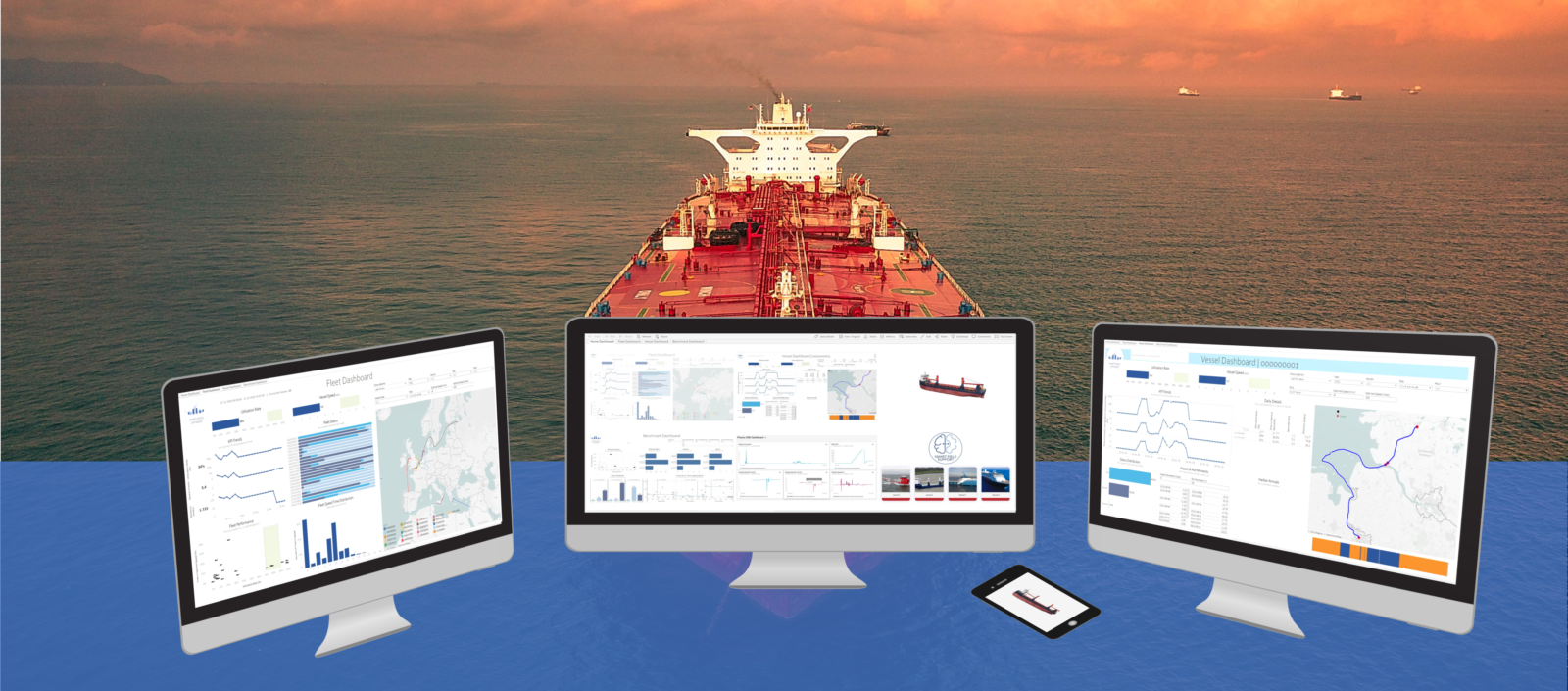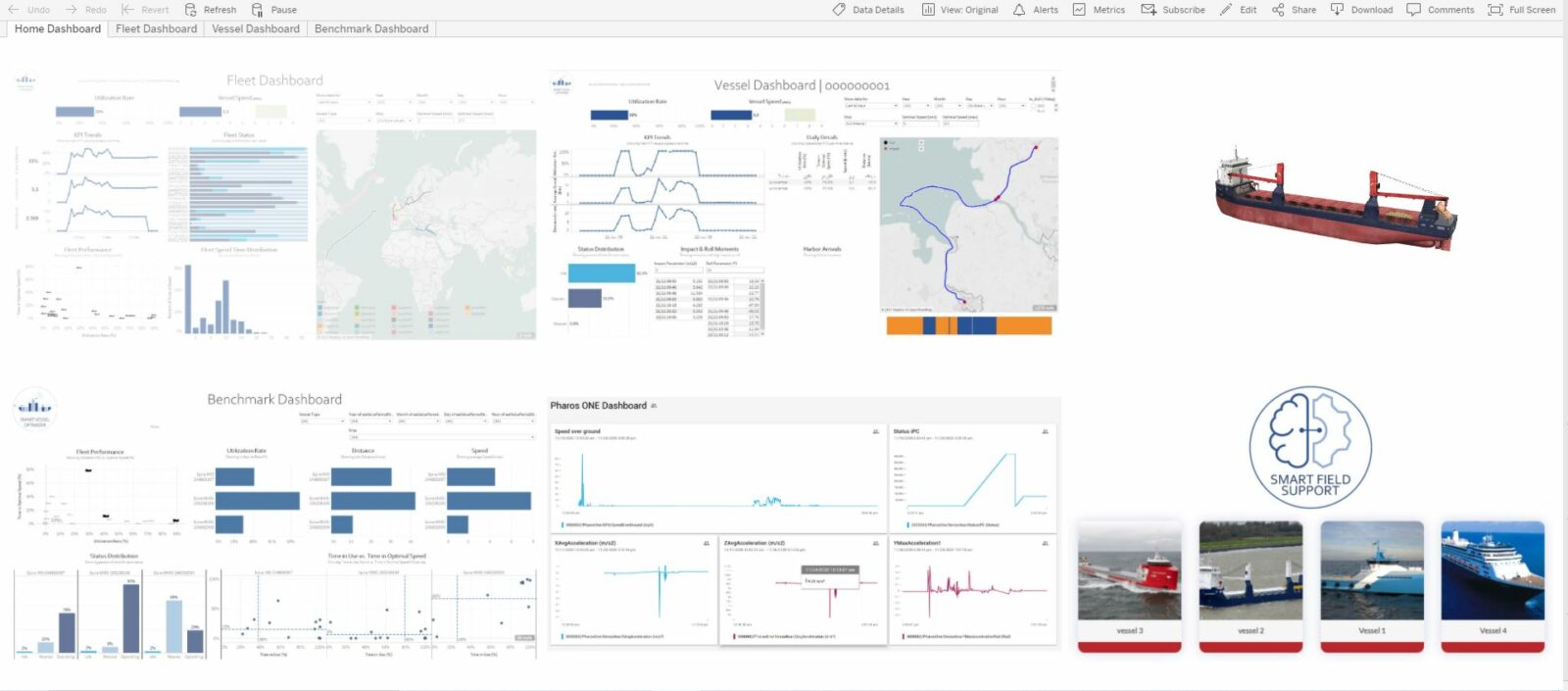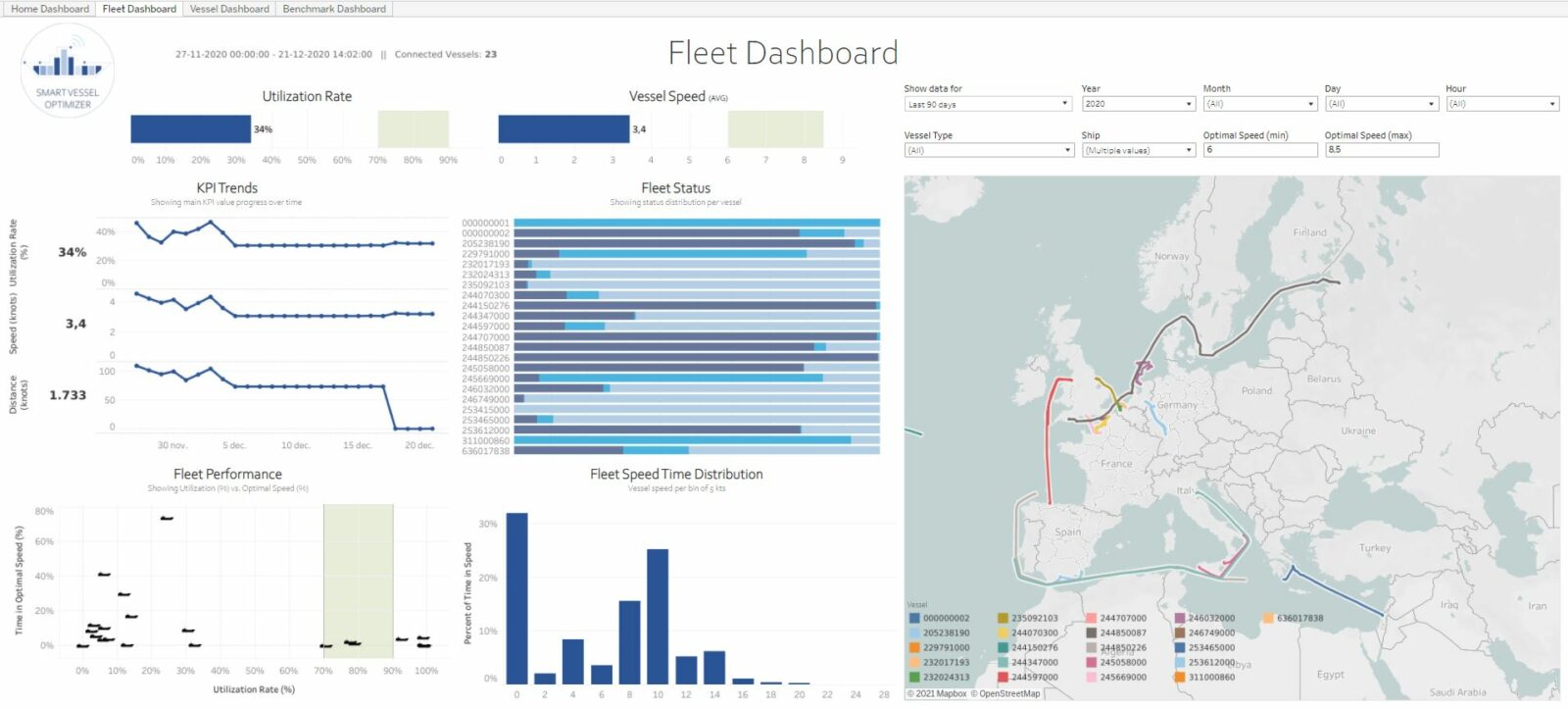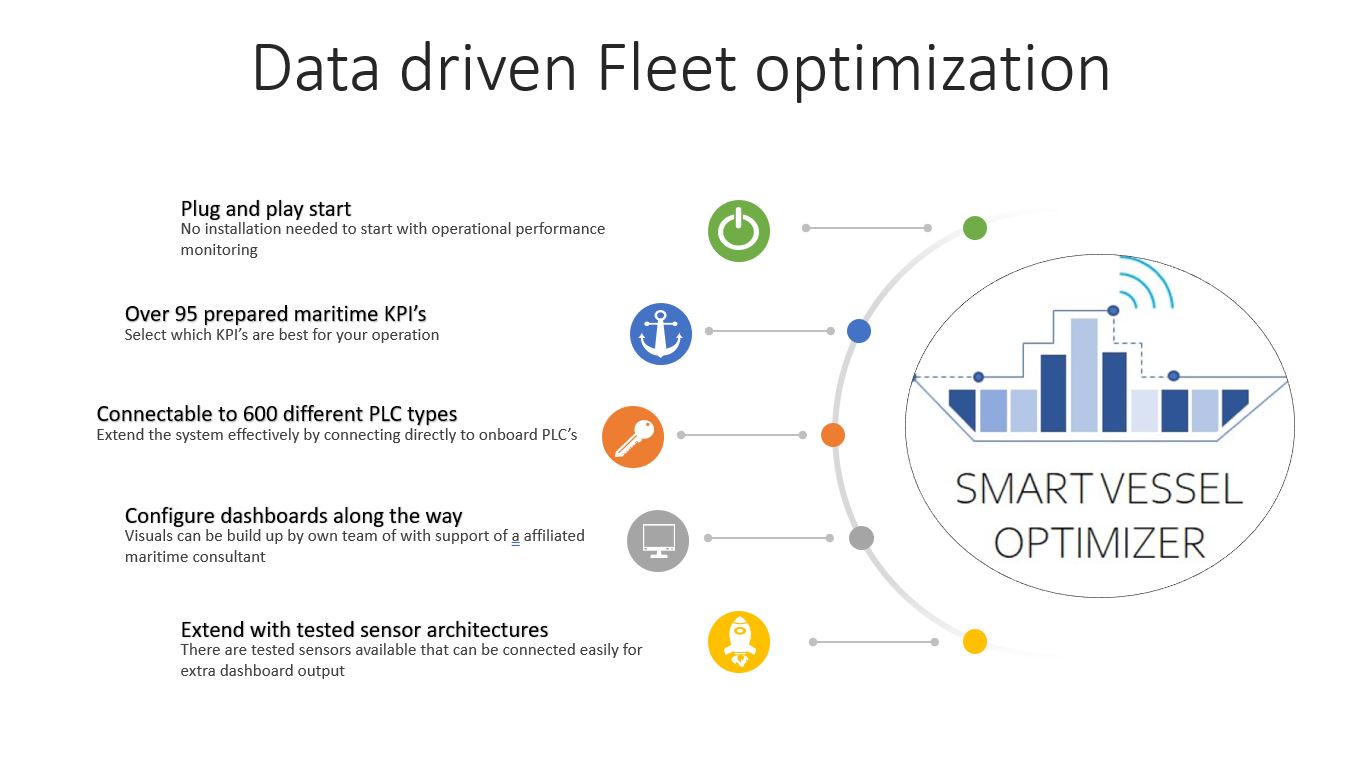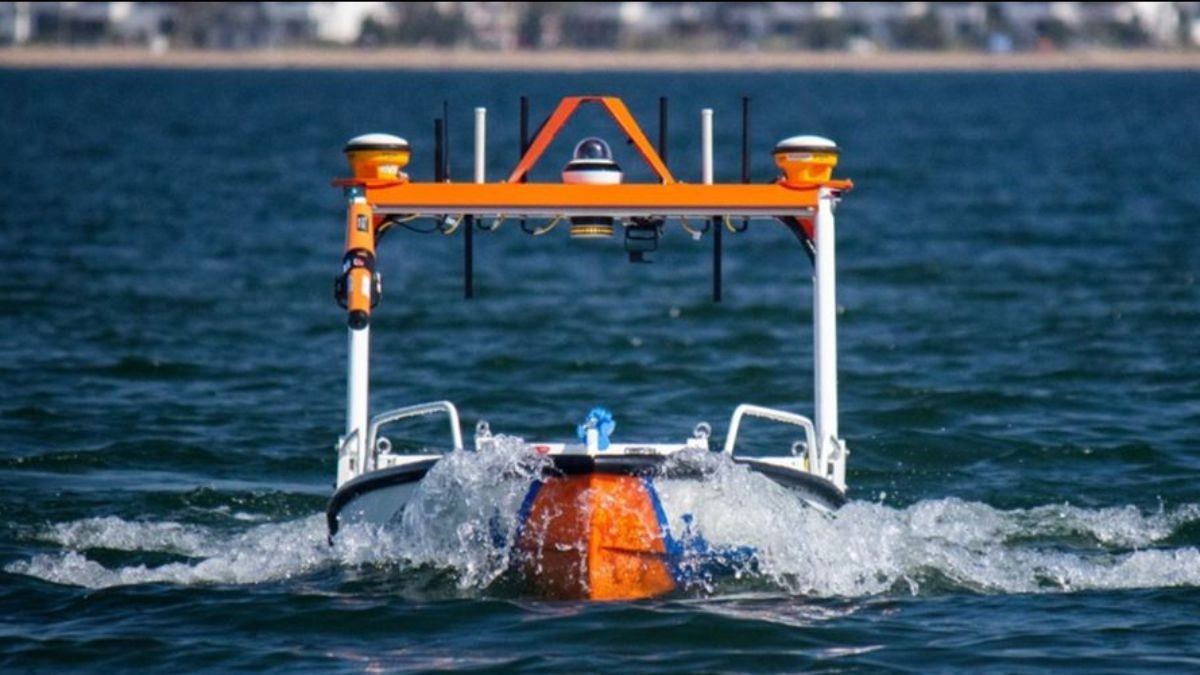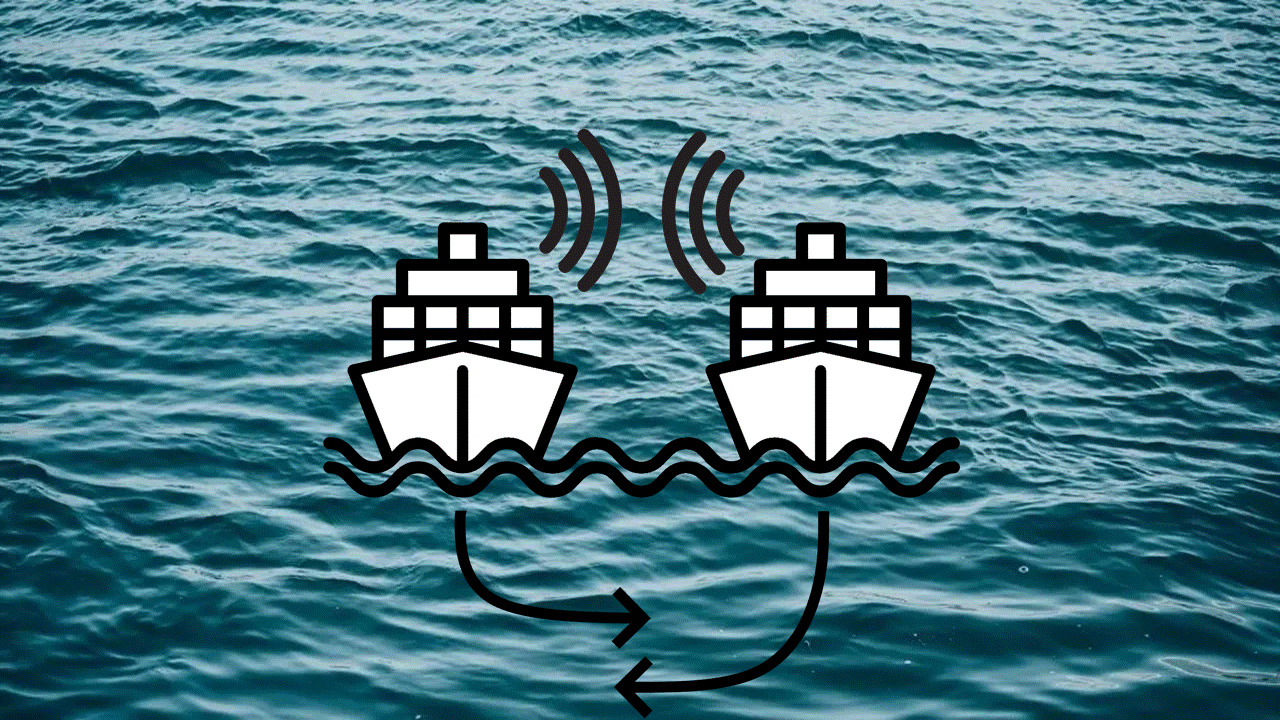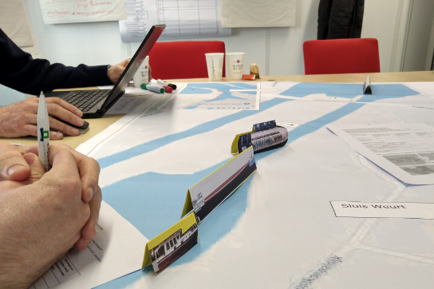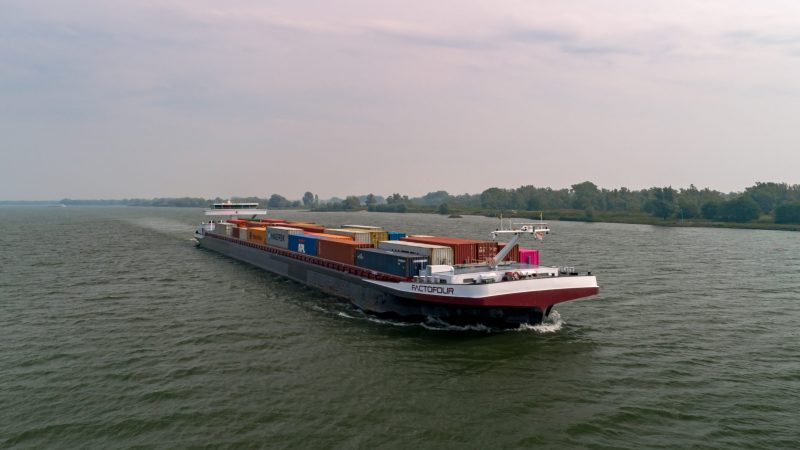Vessel Performance Monitoring: TechBinder’s birth and growth
An interview with Bram van der Boom, Co-Founder of TechBinder
TechBinder is a company that combines technology – we call ourselves an IoT system integrator as we look in the market for existing, proven technologies and combine them into a proposition for the maritime industry. The main thing that we do is capture information from a vessel’s operations and we ensure this information is being brought to a person who can act upon it today and for future support. We empower remote operations so our customers can centralise expertise and experience. We create detailed information on the operational, technical, ecological, and financial performance of a vessel.
What we discovered during the PortXL program this year is that this is not a technical journey, but a business-driven journey. The core business of a shipyard or shipowner is having operational vessels and our insights support our customers with maximizing their vessels and personnel’s capabilities, performance and profit. They pinpoint where there is room for improvement.
De origin of TechBinder
TechBinder originated from a pilot back in 2017 with Damen Shipyards and Schneider Electric. In the industry you see that asset-monitoring technologies have been applicable for quite some time and the idea of the pilot was to treat the vessel as a floating machine and using the same technologies that companies like Shell and Total use for asset monitoring. We conducted the pilot on a small offshore support vessel and the immediate findings were that the technical configuration of the vessel did not match the way the vessel was used in operation. This had a major impact on the wear and tear of fenders, making them last months less than predicted. These findings led to a clear business case and an immediate return on investment.
This success opened a lot of doors within Damen and Schneider Electric, but what we saw was that there were too many people involved and that it is difficult to drive innovation in large organisations. The project continued but it didn’t really progress at a speed we would have liked. In 2019 we got the opportunity from Schneider Electric to build on this experience and see whether we could enter the market with it and that’s how TechBinder was born.
Use case examples over the years
- One of the things we monitor by default is vibrations and with this client we saw that every 14-15 minutes there was a vibration spike on the vessel. A compressor unit was leaking, which means it was restarting ever 15 minutes to bring back pressure in the unit. This was undetected by the crew, and it could have been more than a year that this compressor kept starting every 15 minutes, which of course costs a lot of energy and wear and tear. This was detected by our standard plug and play unit that needs no installation and any vessel owner can start with tomorrow.
- We sailed with a company on a 3-day trip and at one point they stopped to bunker water, which took 4 hours, and then to bunker fuel, another 4 hours and then waiting on the queue to continue inland. The whole time they kept the main engines running (it takes 30 minutes to shut it down and the same time to start it). Over the three days, we determined that they could have saved 10 running hours on the engine, which over an entire year would save 4-500 running hours of fuel, emissions and maintenance costs. These insights only occur if you have a stable and controlled way of extracting data from a vessel and it immediately impacts your profits and emissions.
- For the last 5 months we have been conducting a pilot with a shipping company that now wishes to roll out our solution to the entire fleet. With the same customer we are also going to test predictive gearbox monitoring – which is an expensive equipment to replace if it breaks, so monitoring its status and predicting when it requires maintenance is going to be key.
- We are currently embarking on a pilot with a Dutch port, where inland vessels are going to share information with the port (ETA, routes, loading times) in a way that the port can optimize their operations. If the information is in our cloud environment, we can share it with all the stakeholders that can benefit from it (with the vessel owner’s approval, as it is his/her data). This is interesting for port operations, for their planning and routing.
- We are part of the Maritime Masterplan with the MOET consortium. The request is climate neutral vessels by 2050. The average vessel sails for 30 years, so the vessels built now should take that into account, but obviously that isn’t happening yet. The consortium is creating a system that allows optimisation of the vessel over time. Every insight we create can be taken into a simulation model that’s used to design the vessel. Meaning that if you now launch a vessel, you can improve it over its lifecycle. The new vessels being built can be tested virtually with these learnings and we are building the digital infrastructure for that, pending funding of course.
Upgrades
Having remote access to information is useful, but if you suspect there is a fault, you need visual confirmation. Therefore, we added an AR tool that allows the onshore crew to have a visual on the vessel and determine what is going wrong. That contributed to the ability to have troubleshooting during the sailing time and having the exact spare parts ready in the harbour. Furthermore, this empowers less experienced crew to perform higher valued work themselves.
On top of that, we recently added a camera platform to our solution. Think of a dashcam for vessels. Currently there are a lot of calls back and forth between the shore and offshore crews on what are you doing, are you still loading, where are you at the moment, etc. Because we bring these images to shore, the onshore crew has immediate insight on the vessel location and status. The next stage is AI video analytics, using the images to analyse object detection, vessel performance, hazardous situations detection, etc. All of it can be automatically detected remotely.
The route ahead
The biggest challenge we see at the moment is that people’s skills are decreasing, technology is gaining complexity and so are operations due to rapidly changing circumstances. All this requires a much better view of the operations and performance of these vessels. That needs a centralised information hub where experienced people can look at everything that comes from the vessel and the assets. This will have a significant impact on the way vessels are currently operated and designed.
We approach the operation with a holistic view, with a solution that benefits all parts of the ship operation and from that you get an infrastructure that supports everything. We are looking for companies that want to make the next step in improving their operations and innovation. Our roadmap is impressive, we have many new functionalities coming up and interesting partners that add to the platform over the next 2-3 years. We are going at lightspeed in that regard. This way shipowners can benefit today and in the future.
Read more about TechBinder at their website or contact co-founders Bram en Aldwin
